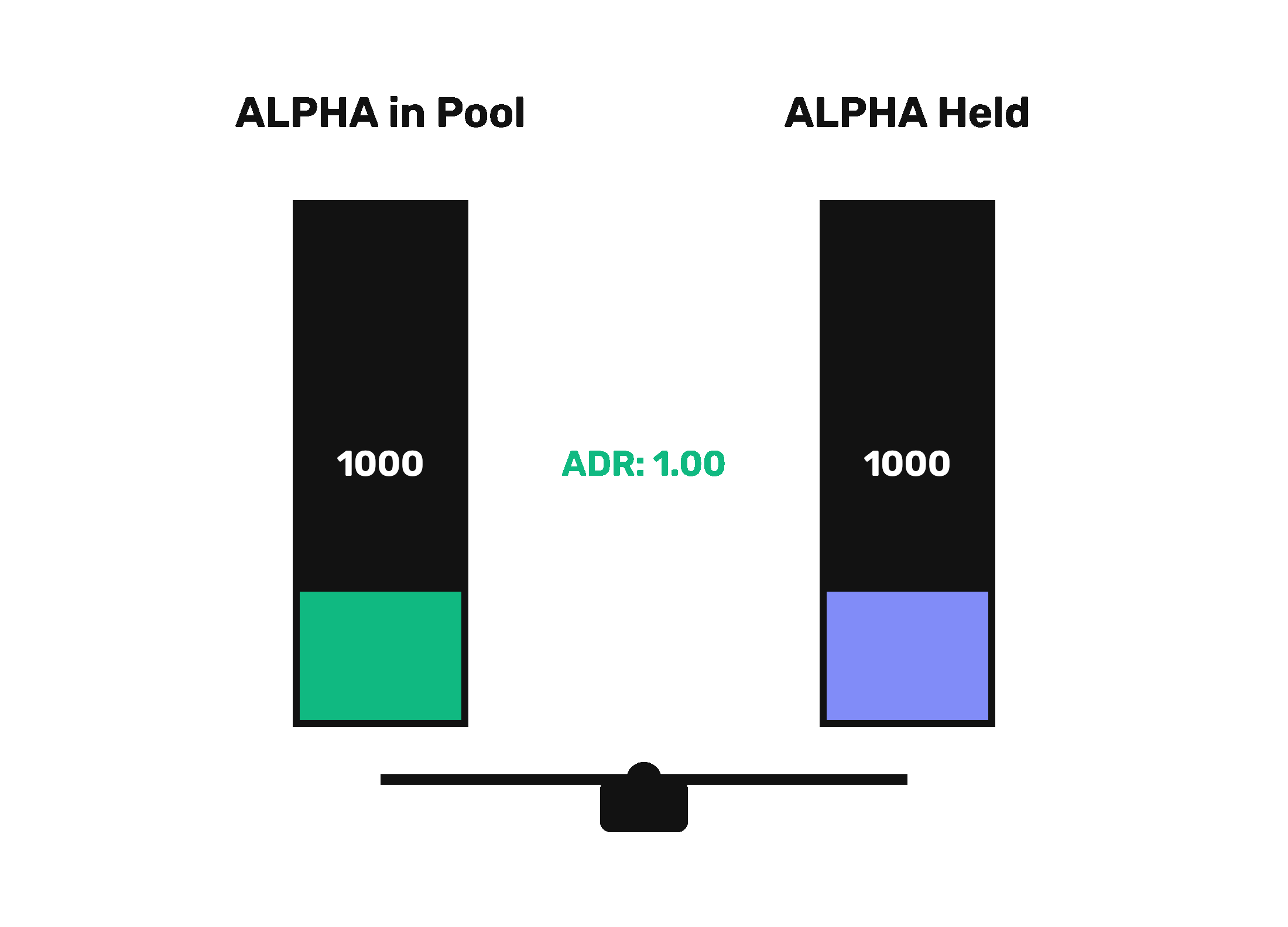Subnet Deregistration
A proposed reintroduction of subnet removal mechanisms for Dynamic TAO, designed to free up TAO emissions and protocol resources.
Subnet deregistration is a process to remove subnets from Bittensor. This mechanism existed before Dynamic TAO but was disabled with its introduction. A proposal in July 2025 reintroduced deregistration in a Dynamic TAO-compatible format.
Once a subnet gets deregistered, the TAO in its pool is distributed "fairly" among the ALPHA token holders. The subnet owner will get back their locked TAO (from registration), minus the emissions from their "owner cut" they already received.
A deregistration would happen when the blockchain reaches its defined subnet limit (of 128 subnets), and a new subnet tries to register. The blockchain then identifies which existing subnet to remove using on-chain criteria.
The criteria is the EMA price (a calculated average of a subnet's historical ALPHA prices over time). Only the subnet with the lowest EMA price that is outside of it's immunity period would be able to get deregistered once a new subnet registers.
The immunity period of each subnet is 4-months long. During this time, subnets cannot be deregistered no matter what their current EMA price is. This protection allows new subnets time to establish themselves and build community support.
During the deregistration of a subnet, the ALPHA holders will be liquidated by distributing the TAO in the pool among their ALPHA stakes. The ALPHA Distribution Ratio (ADR) of a subnet directly affects the "liquidation price" (at which ALPHA price the liquidation happens).

When the subnet's ADR is above 1, the pool holds less ALPHA tokens than ALPHA holders, resulting in a lower liquidation price. When the ADR is below 1, the pool holds more ALPHA tokens, which provides ALPHA holders with more TAO than the current ALPHA price would suggests, making deregistration beneficial for these.
Since Dynamic TAO began, some subnets labeled as "inactive" still consume TAO emissions and resources. About 30-40 subnets (at the time of writing) have been "inactive"/silent without updates to their subnets in the past months.
Additionally because of how the subnet pools work, about half of the TAO in the pools stays locked and cannot be unstaked. Deregistrations allow the blockchain to "unlock" these TAO tokens to be redistributed elsewhere.
